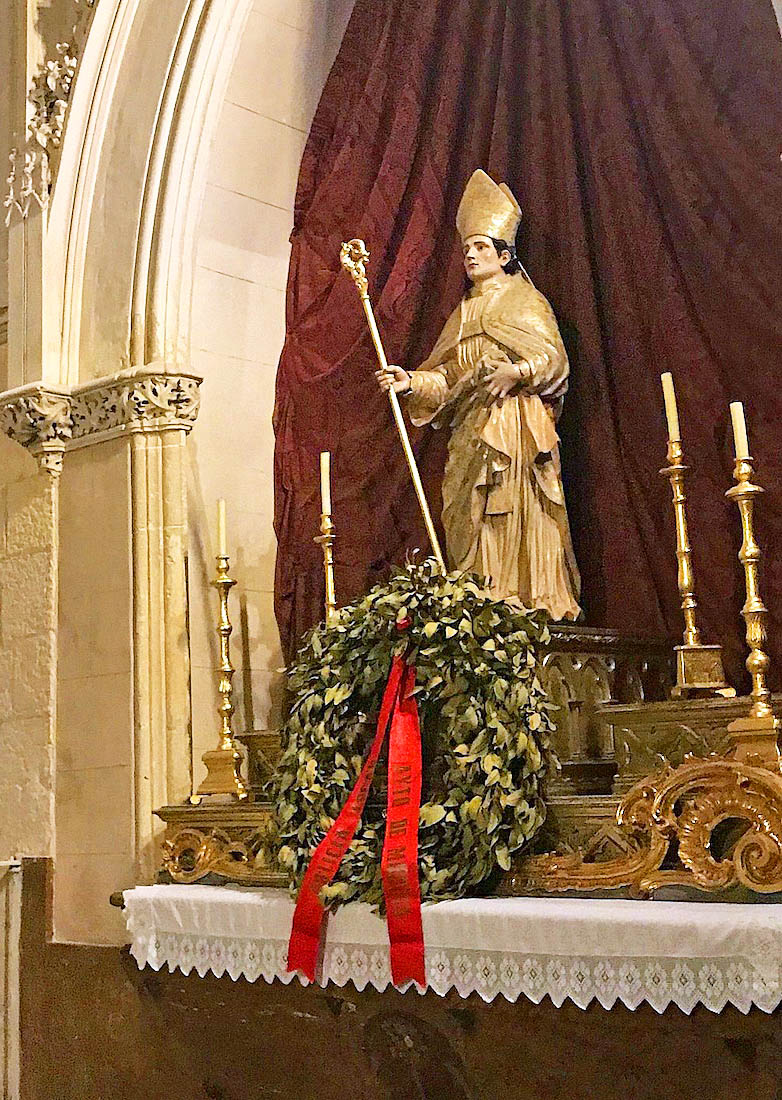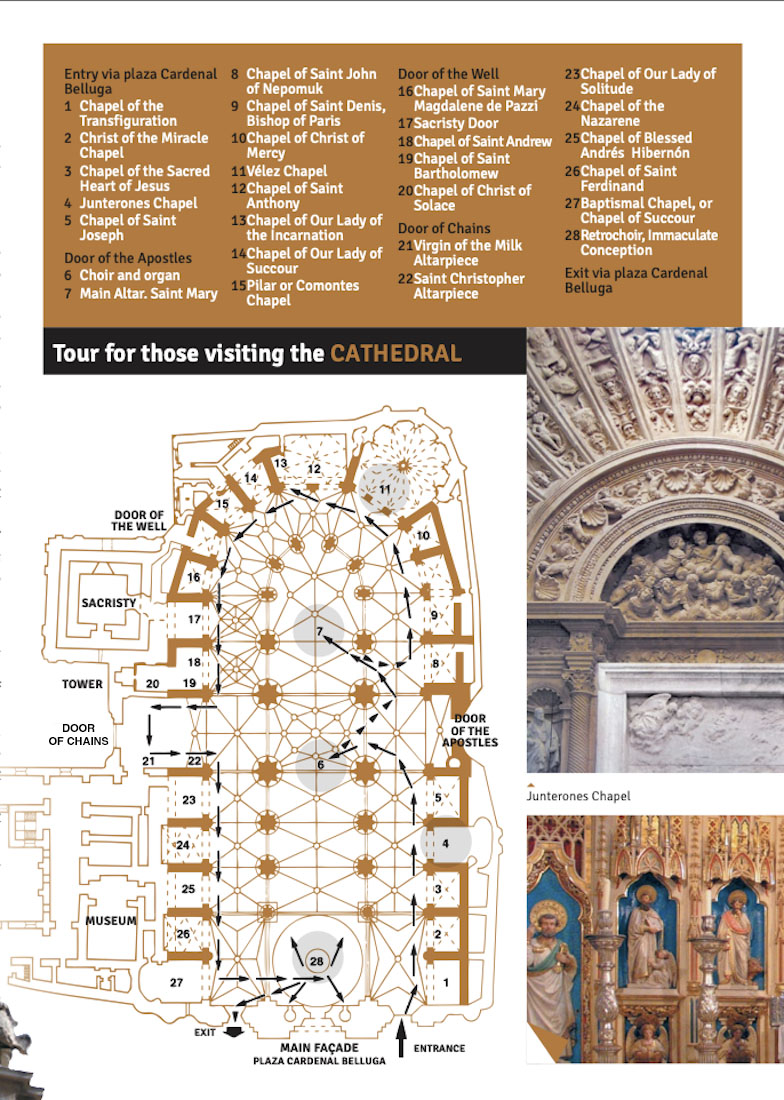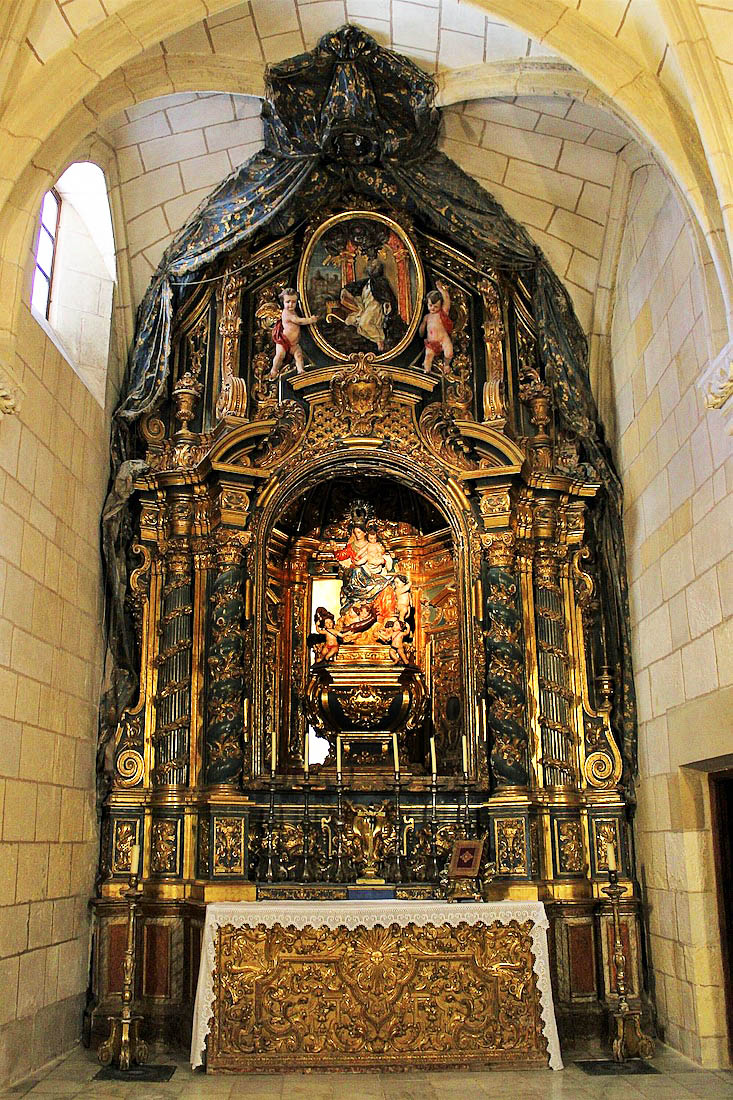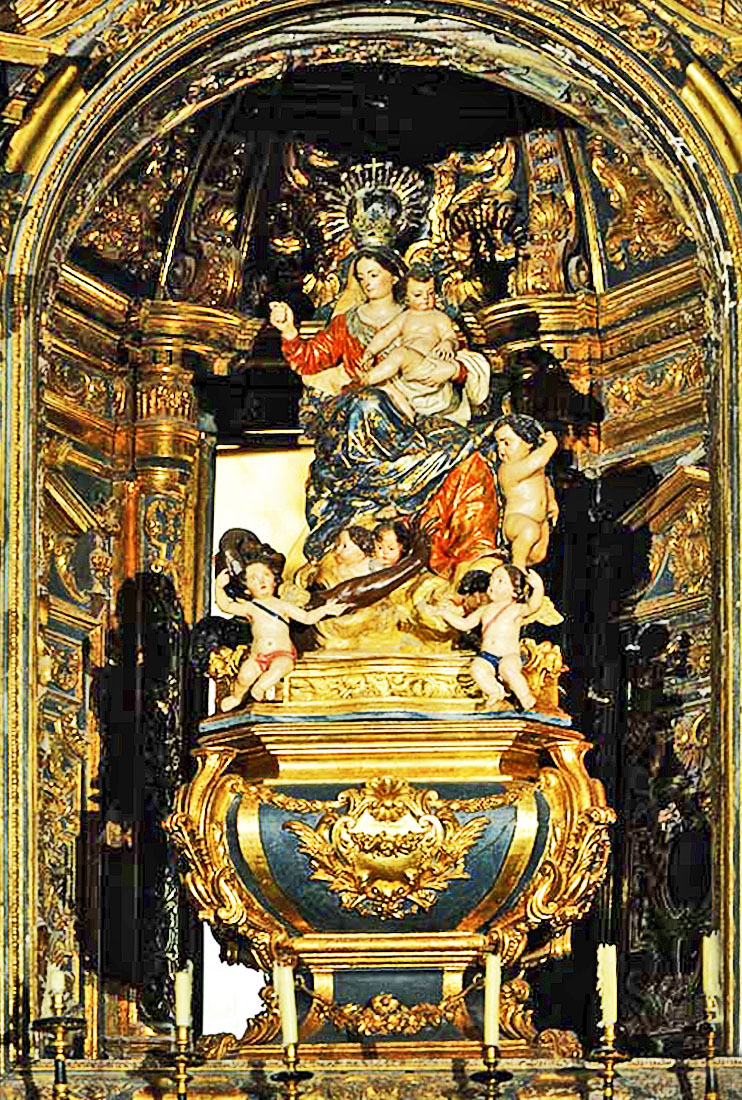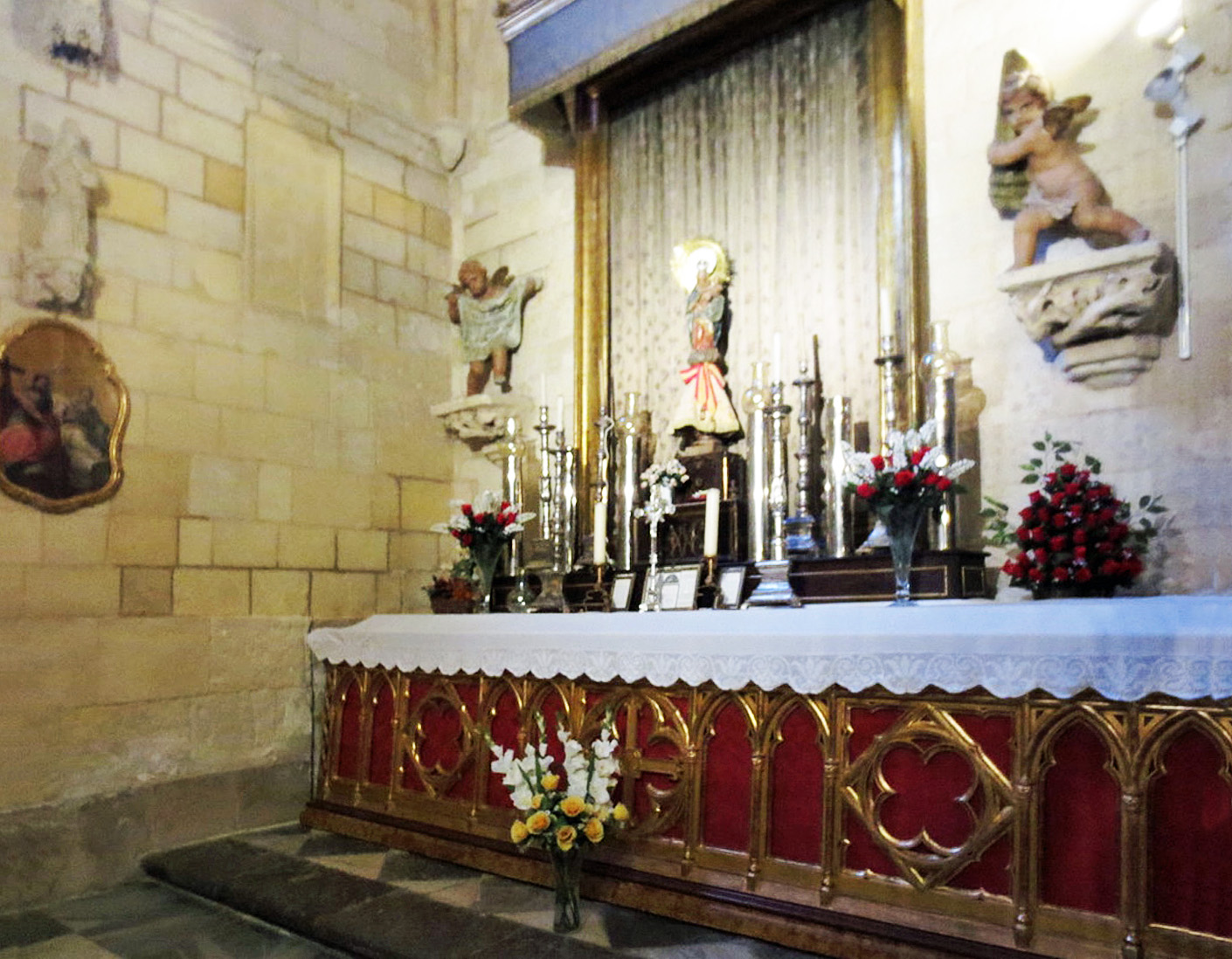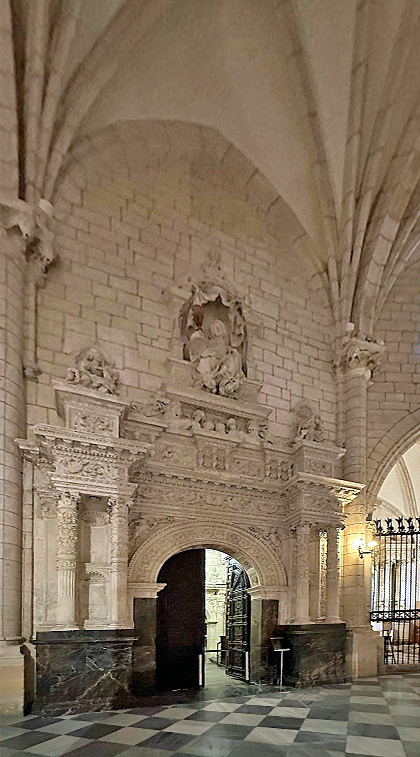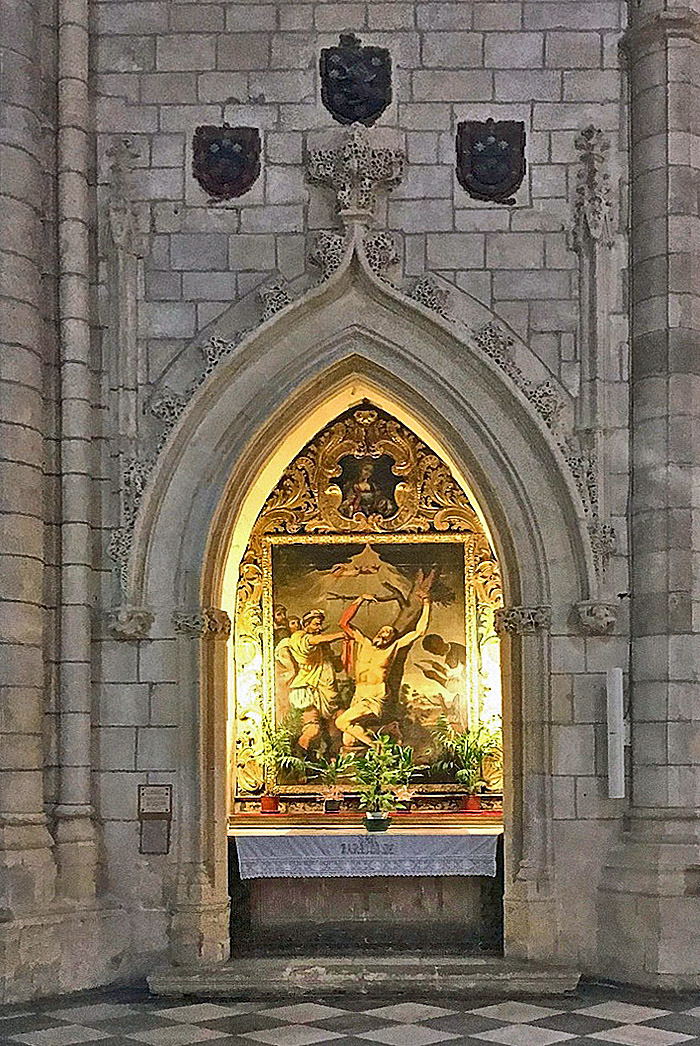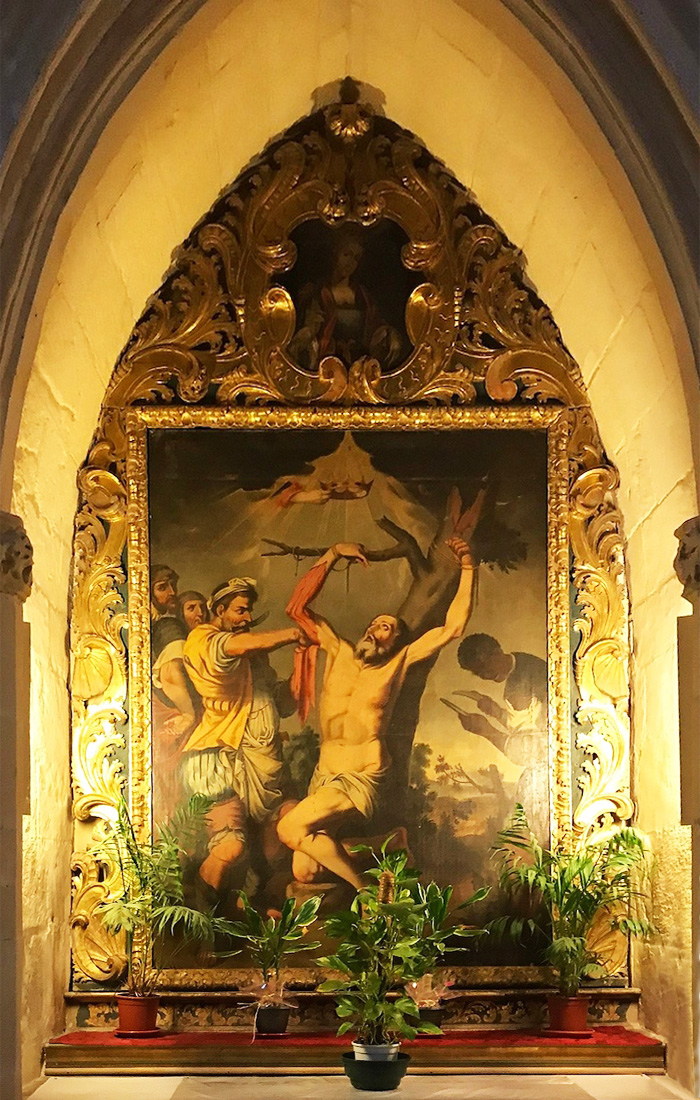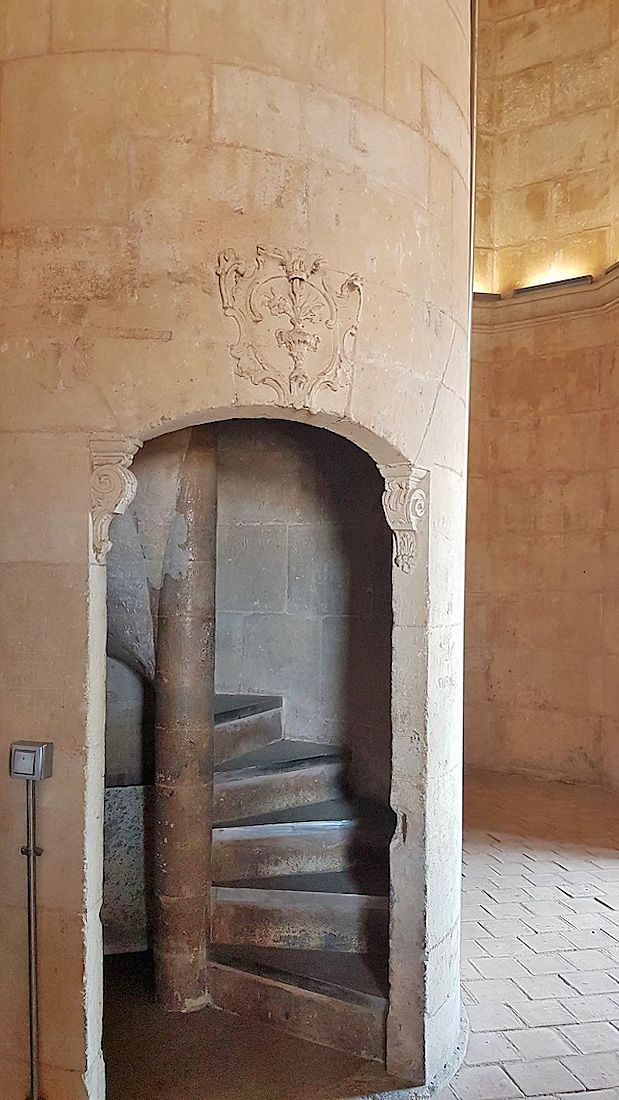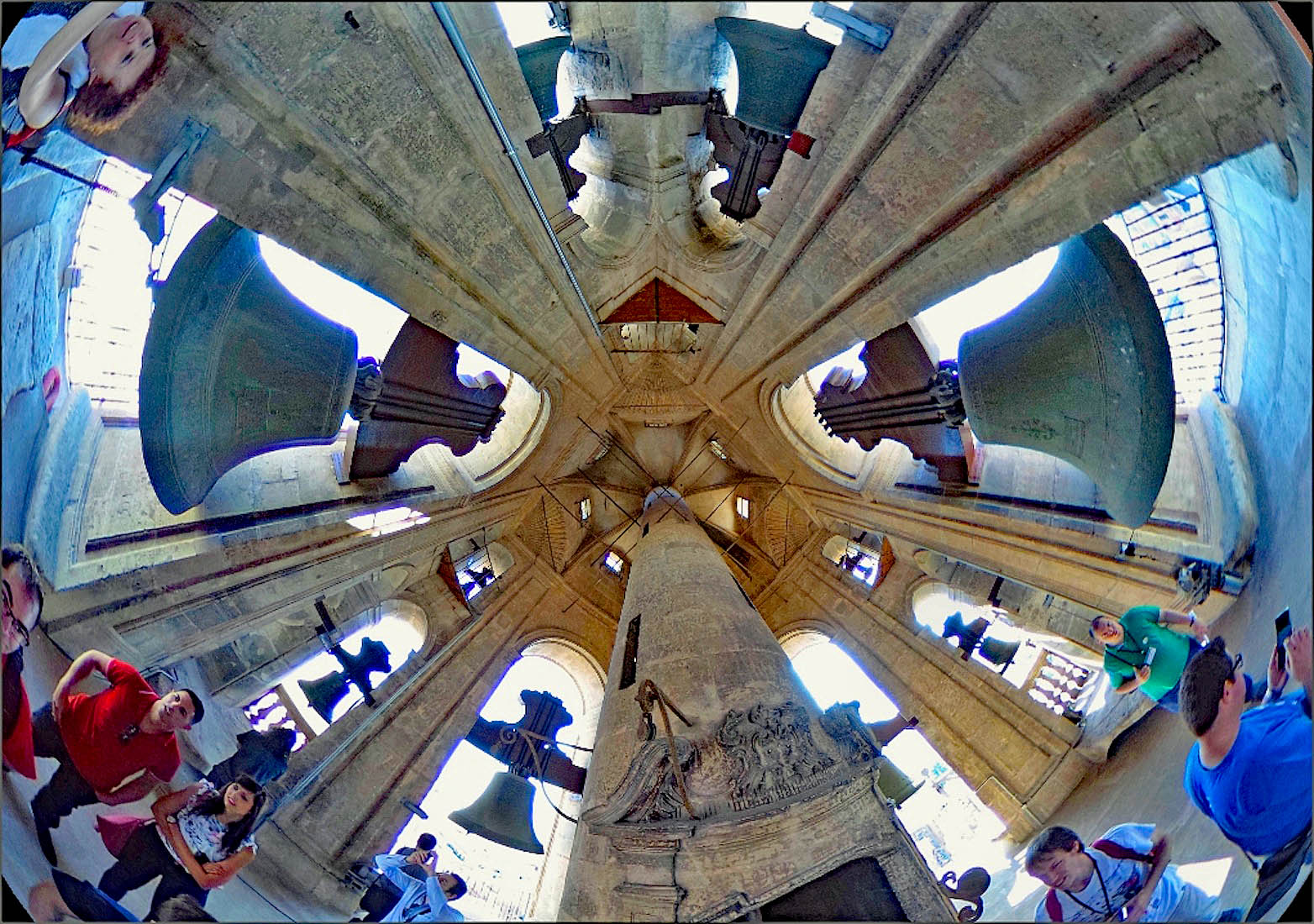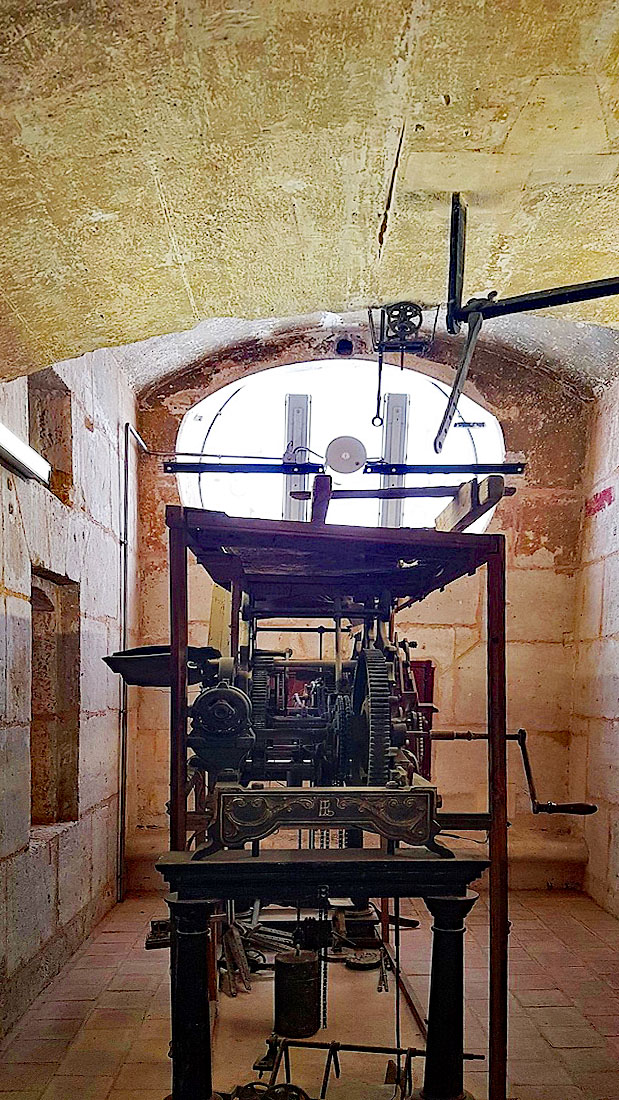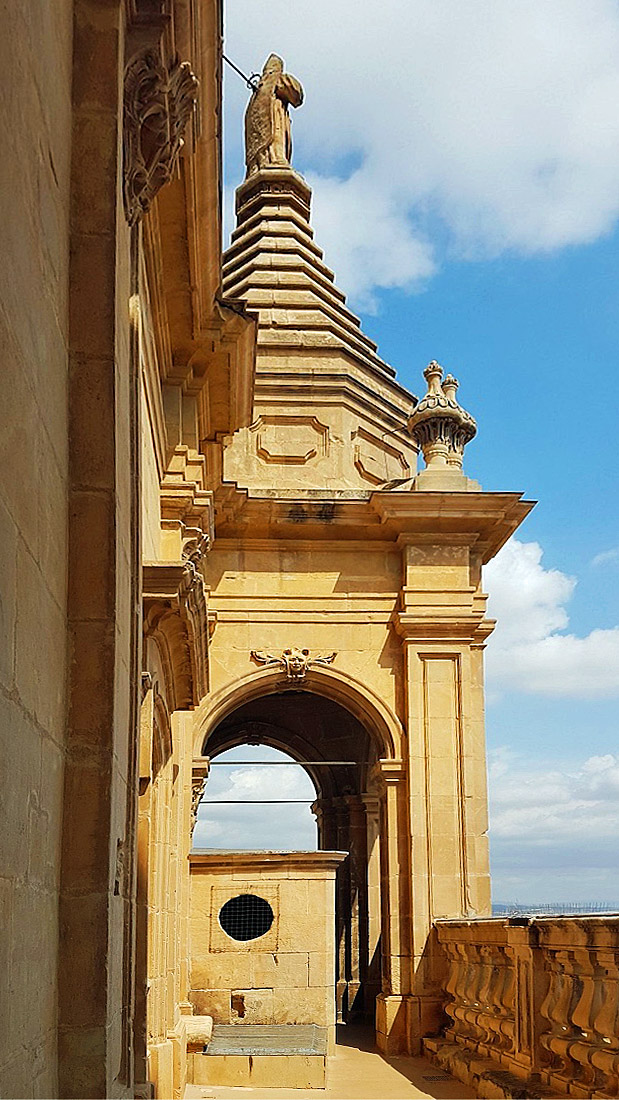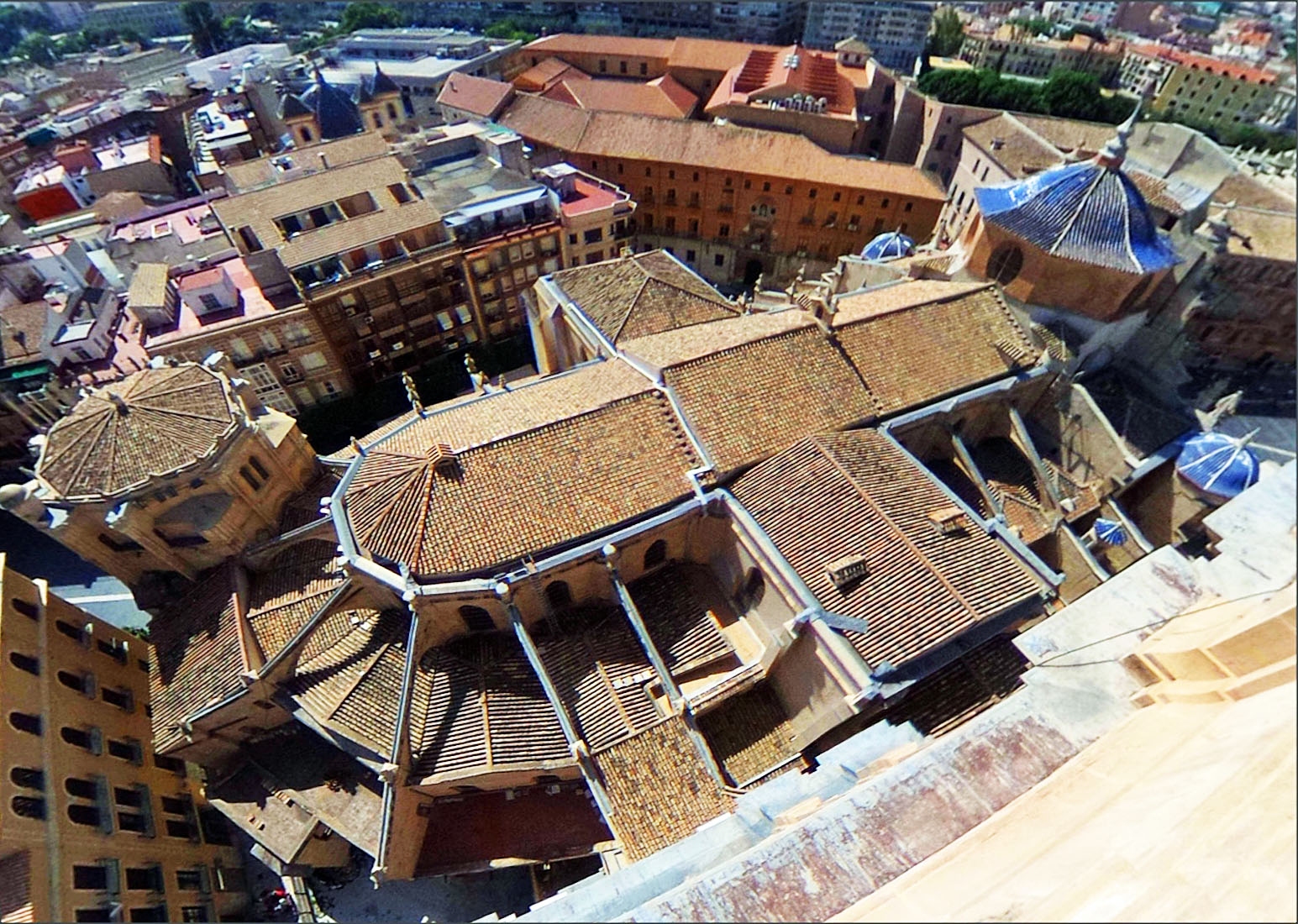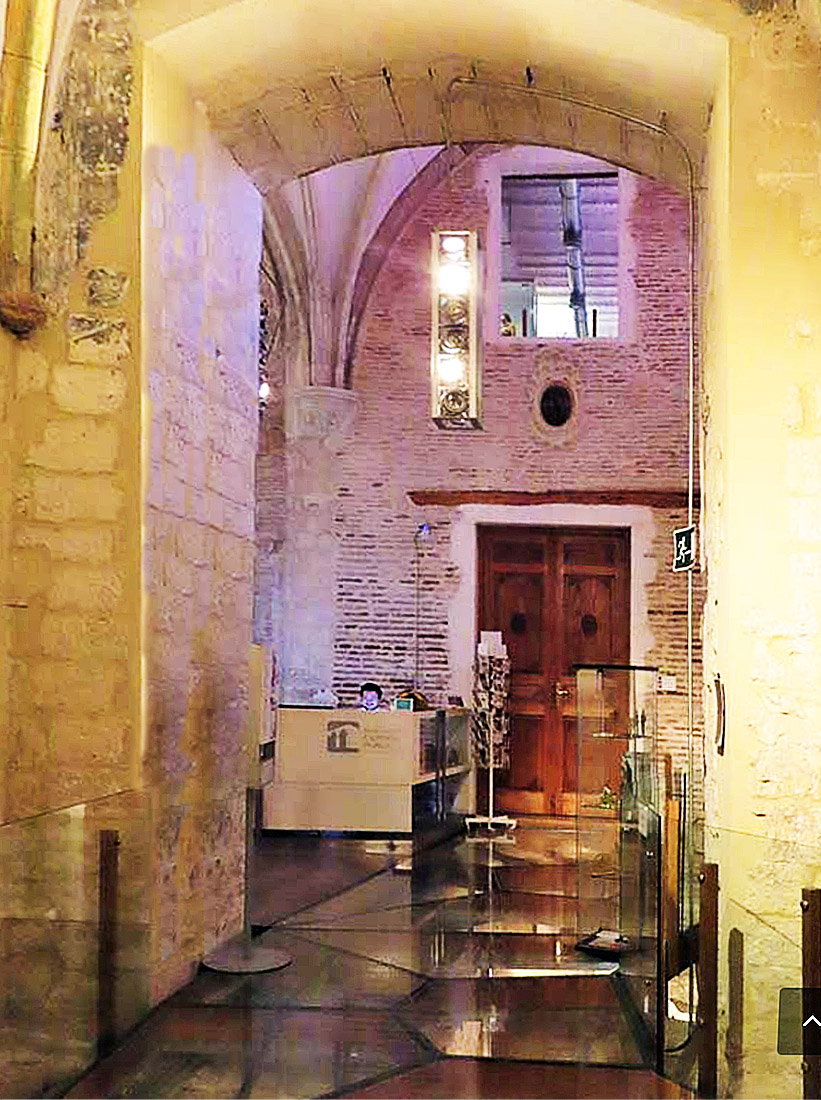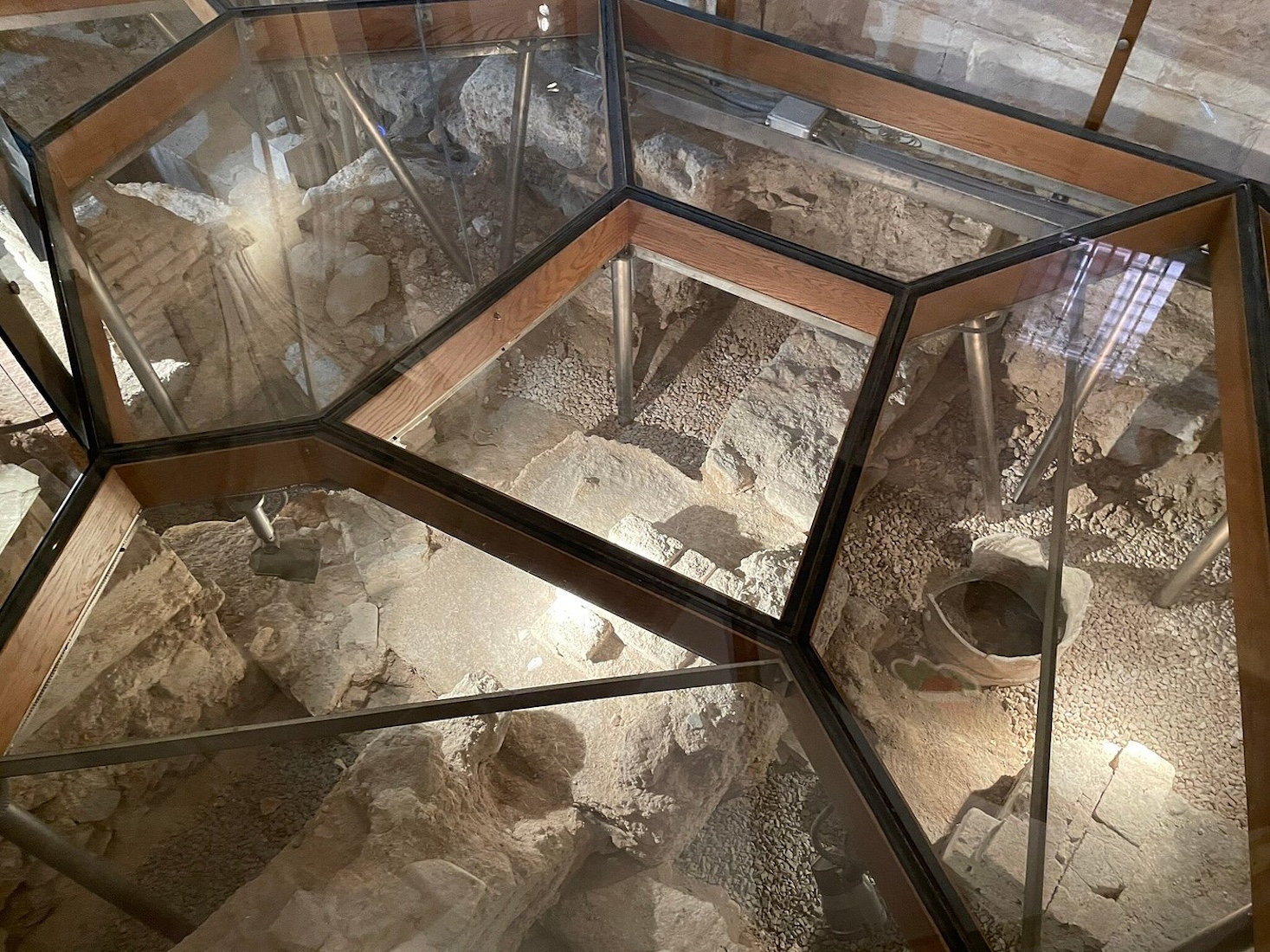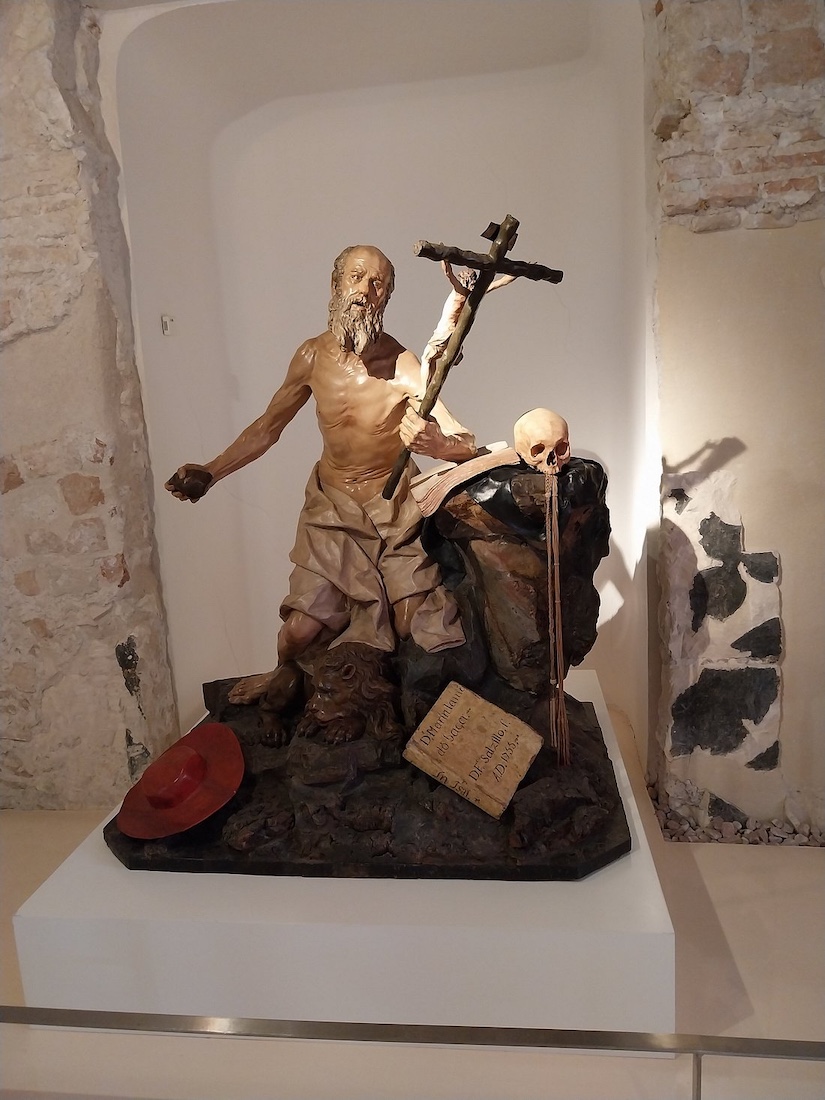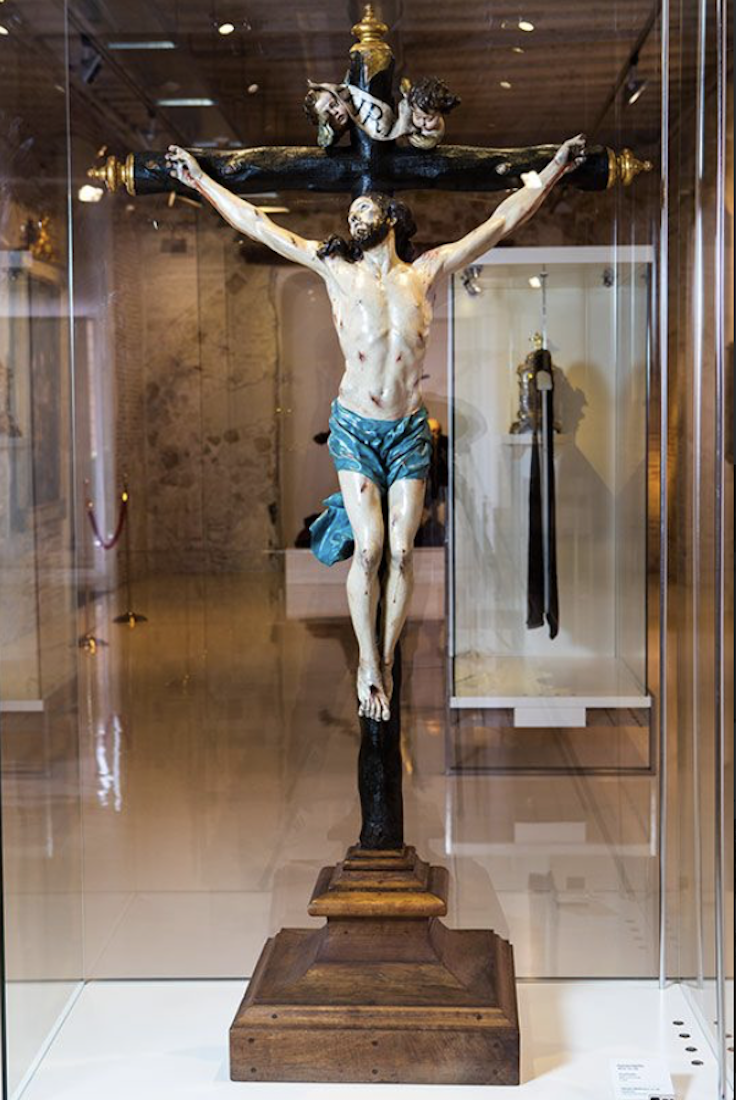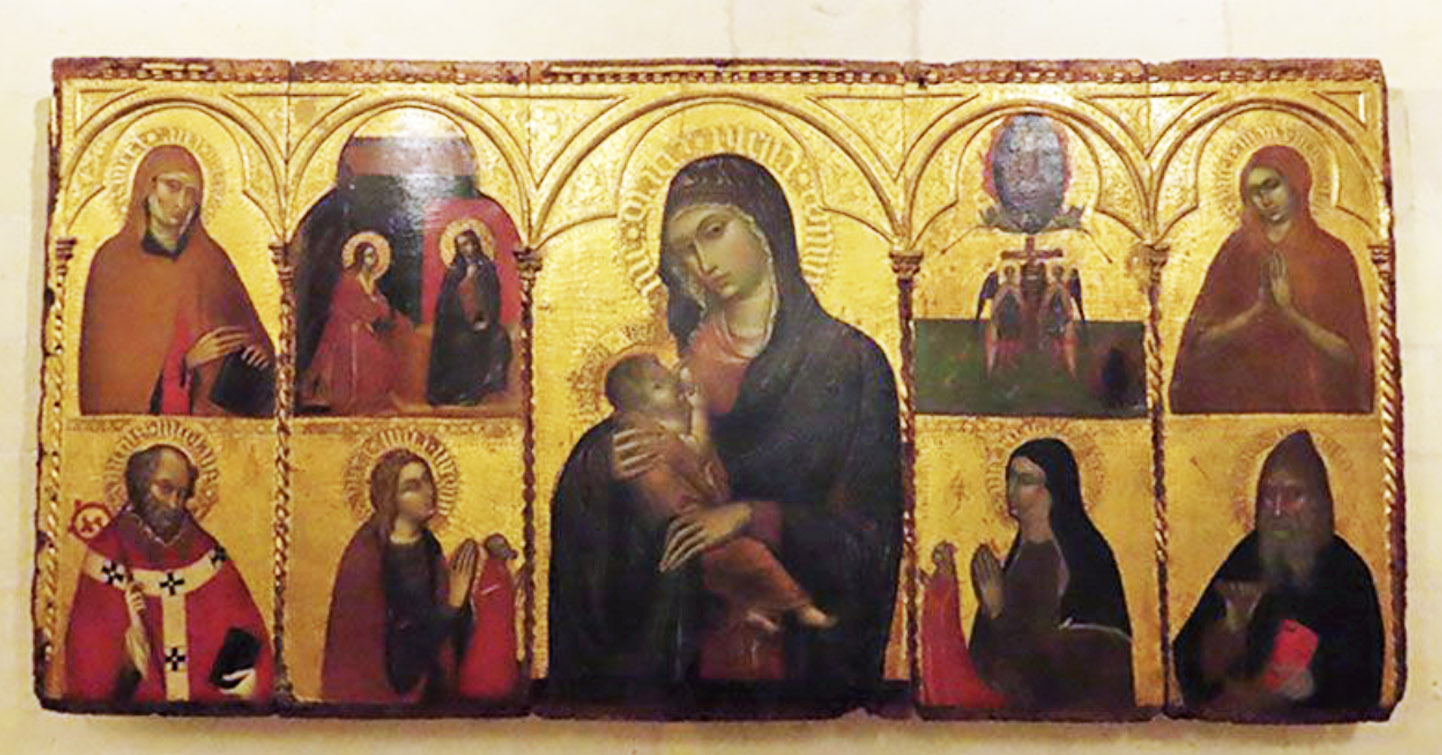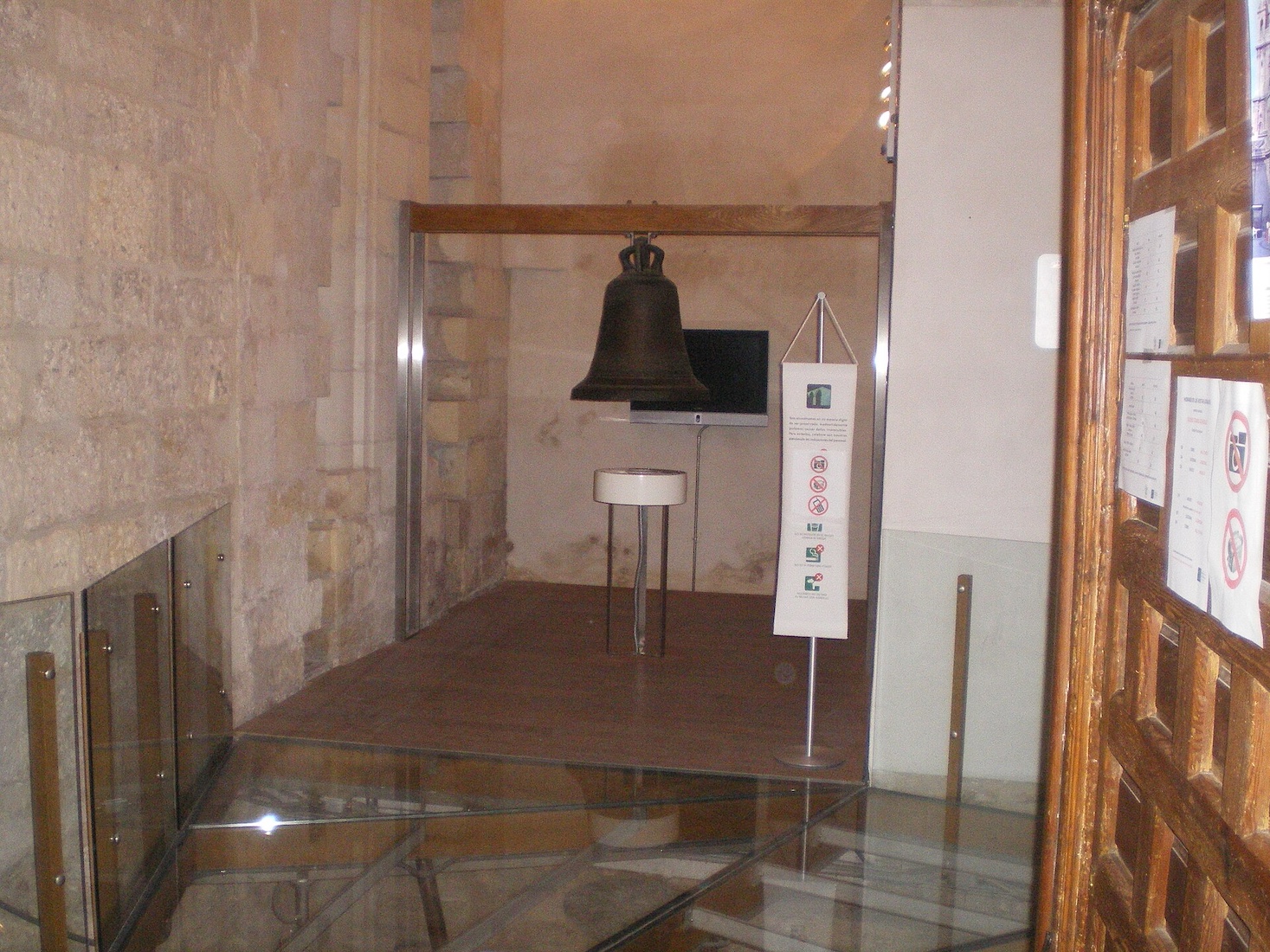12. ST ANTHONY CHAPEL TA fjg TA fjg

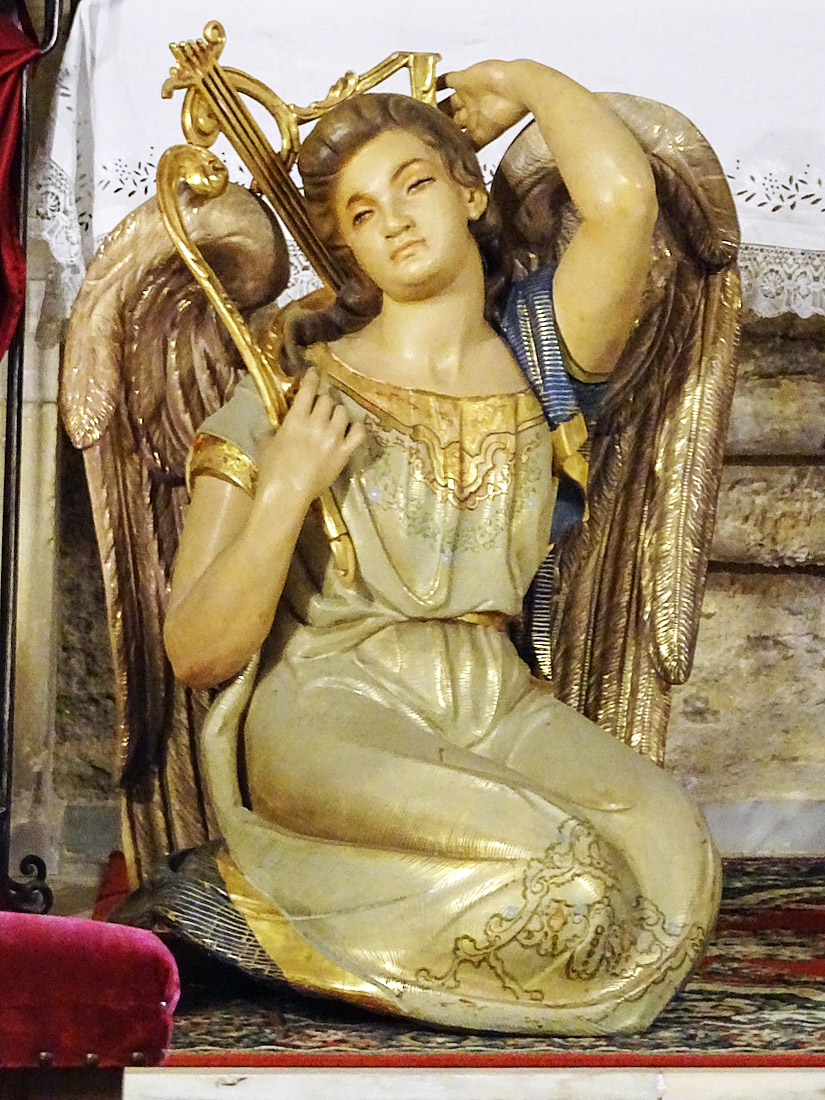
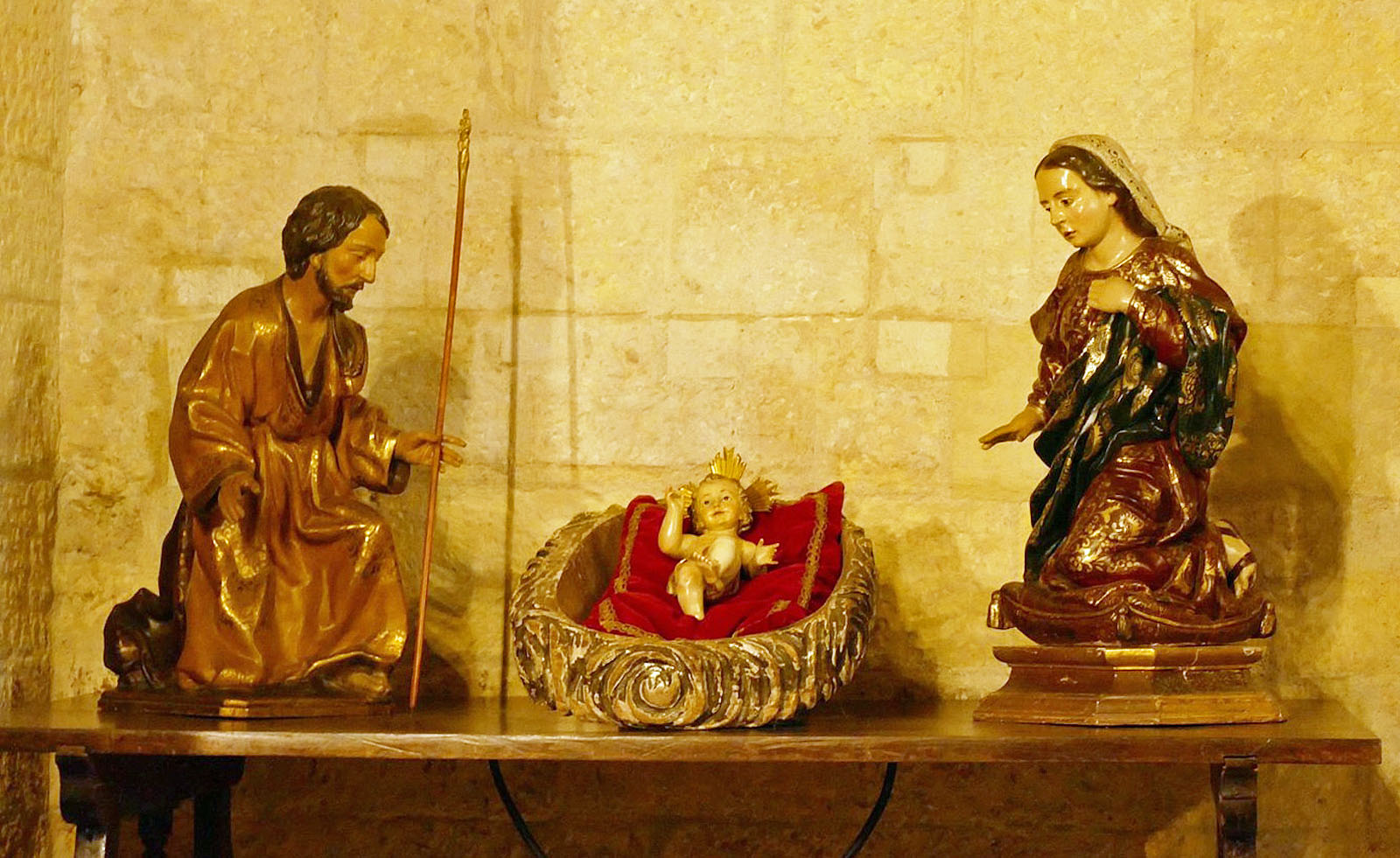
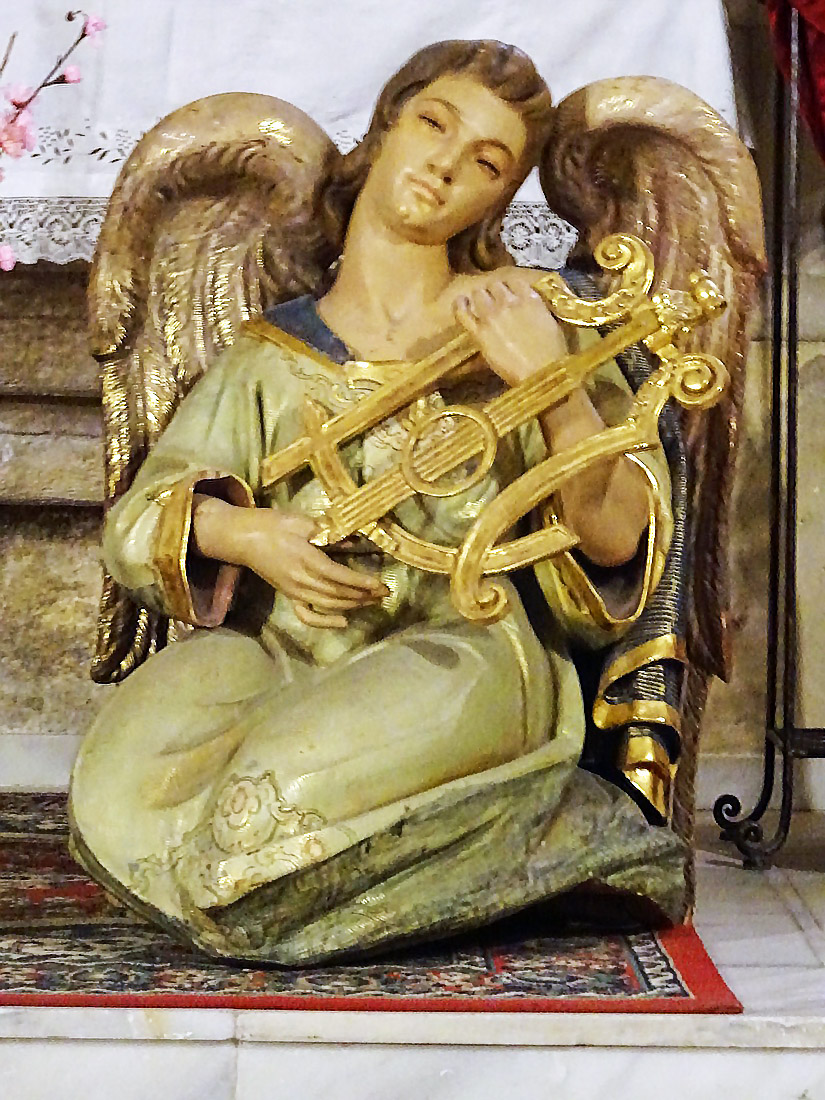
St Anthony’s Chapel is the Easternmost of the Cathedral chapels. This is the Cathedral’s oldest chapel, founded by Bishop Pedrosa in 1388, who was also buried there in 1402. It is a large Chapel, and is adjacent to the Vélez Chapel. Anthony of Padua, OFM, (1195 – 1231) was a Portuguese Catholic priest and member of the Order of Friars Minor. There is a legend that the Christ Child appeared to St Anthony, late in his life, and St Anthony is thus often depicted holding the Christ Child. We also see in this Chapel a Nativity scene, and two musical angels. [Photo Credit: Vadim ] [Photo Credit: naxo1968 ] INDEX
12. ST ANTHONY AND WINDOWS TA fjg TA
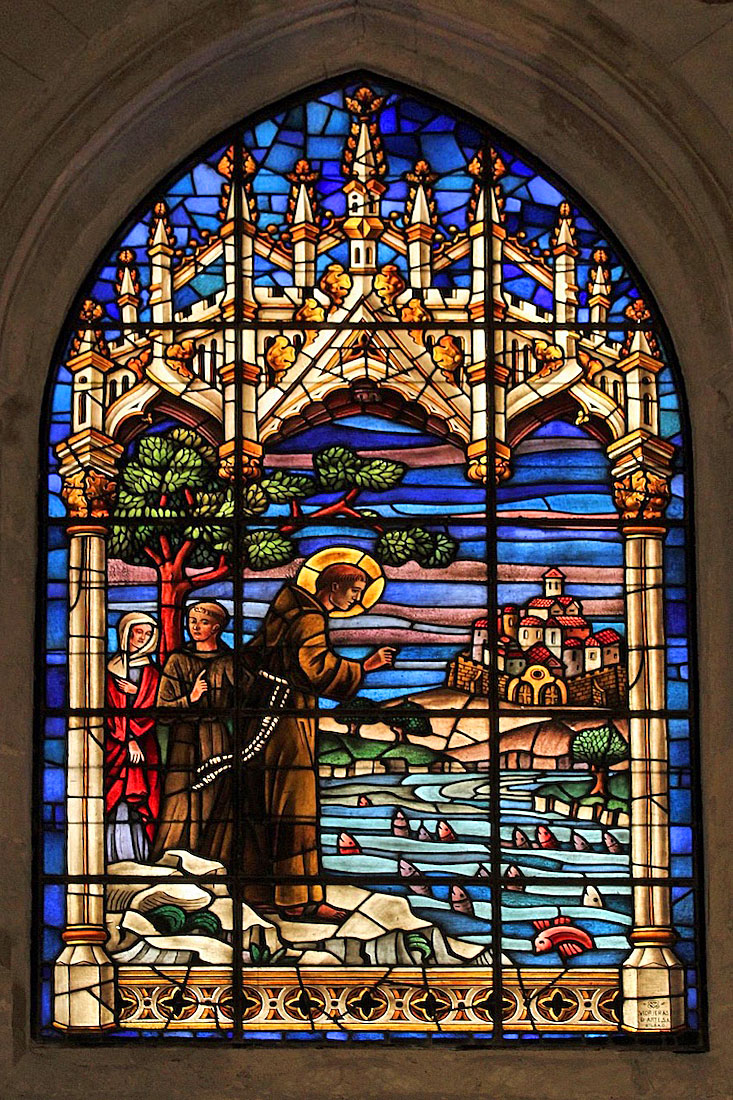
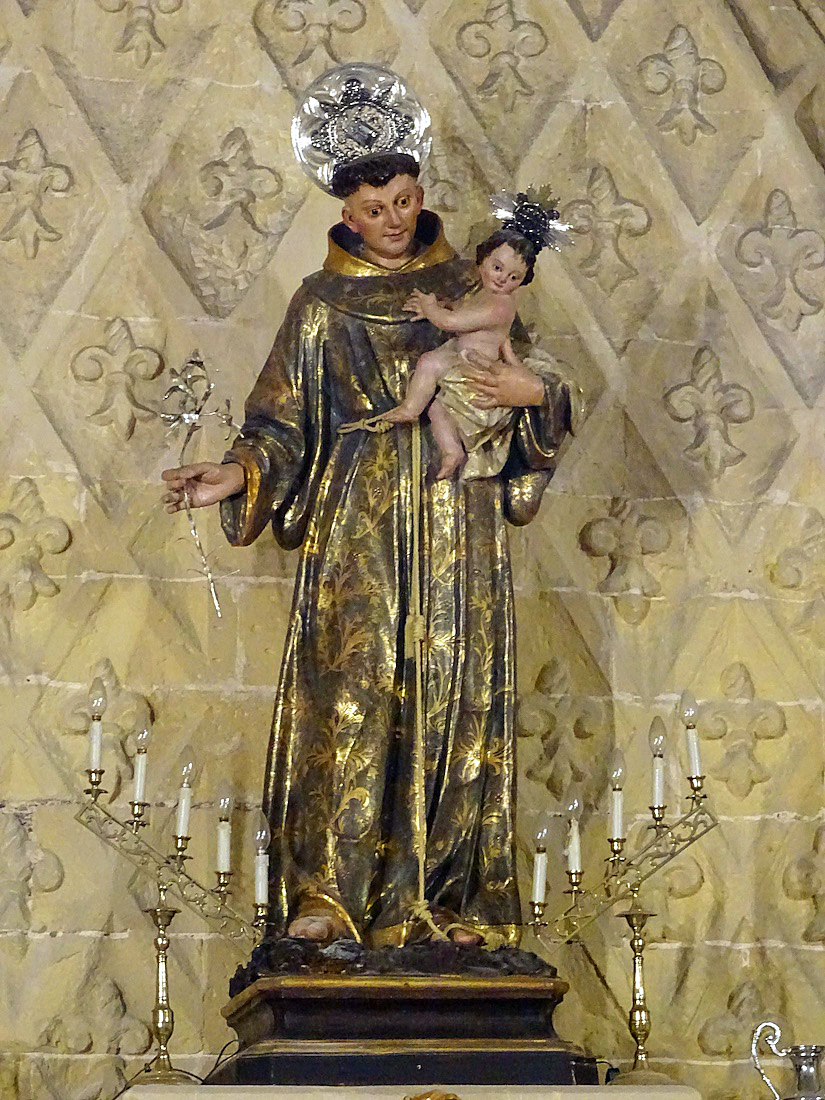
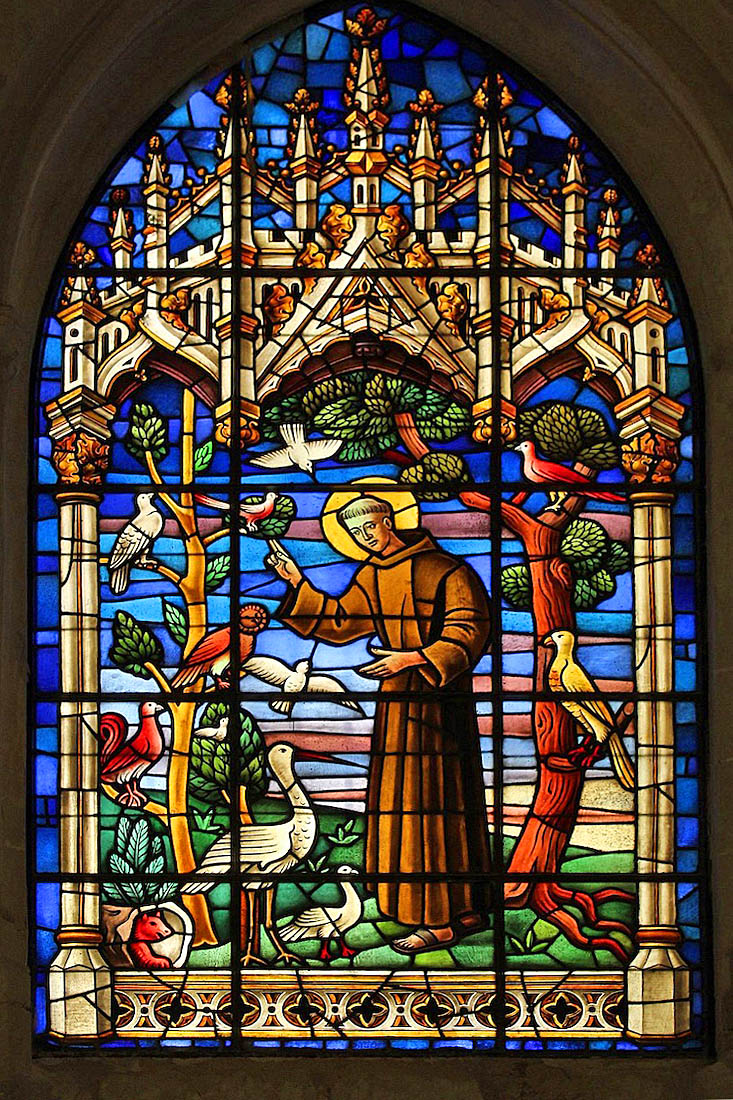
This Chapel has two stained glass windows. The window at left shows the miracle of St Anthony and the fish; the window at right shows St Anthony and his love of nature. •• (The Fish Story: Saint Anthony traveled to Rimini, a city known for its heretical beliefs, where his sermons were ignored by the people. Disheartened, Saint Anthony walked to the seashore and began to preach to the fish, who, miraculously, gathered around him, listening intently. The people of Rimini, witnessing this extraordinary event, were moved by Saint Anthony's words and returned to the Church, abandoning their heretical beliefs.) [Photos1,3 Credit: Jan S ]
12. SOUTH BISHOP ALTAR TA
This Chapel is of interest because it extends at both ends. To the right there is another altar set against a niche containing a bishop – likely to represent Bishop Fernando Pedrosa, Bishop of Cartagena from 1383 to 1402.. ... [Photo Credit: Kerstin Heymann ]
13. ANNUNCIATION CHAPEL TA TA
... Then there is an arch to the left of the St Anthony Chapel, leading through to Chapel #13: Chapel of our Lady of the Incarnation. The altarpiece here depicts a ray of light shining down on the Virgin Mary, and the Angel Gabriel appearing to her with the message that she will become the mother of Jesus. [Photo1 Credit: Angel T ] [Photo2 Credit: Jan S ]
PLAN MC
The next part of our exploration takes us round the ambulatory from Chapel #14 to the Door of Chains.
14. CHAPEL OF OUR LADY OF SUCCOUR Wiki TA MC TA
The next chapel (#14) is the Chapel of Our Lady of Succour. The altarpiece is made of gilded wood and features sculptures of angels and saints. The central image is of Our Lady of Succour holding the baby Jesus. The chapel is considered one of the most beautiful examples of Baroque art in the region of Murcia. [Photo1 Credit: Galopax ] [Photos2,4 Credit: Jan S ]
15. CHAPEL OF PILAR OR CHAPEL OF COMONTES MC
Standing in front of this Chapel, the altar is on our right. This Chapel contains a sculpture of the Virgin of Pilar, to whom the chapel is dedicated, with two angels at her side. Traditionally, the Virgin Mary appeared to St. James by a pillar of alabaster, which is now enshrined in the Cathedral-Basilica of Our Lady of the Pillar in Zaragoza. •• This is also where the Bishop Don Diego de Comontes is buried. On the back wall (extreme left above) is a picture of the Eternal Father.
15 – 16. AMBULATORY PAINTING SS
Just here hangs another painting of the Last Supper, not too dissimilar from the one we saw before.
16. CHAPEL OF ST MARY MAGDALENE DE PAZZI TA TA
Chapel #16 is the Chapel of St Mary Magdalene of Pazzi who lived 1566 – 1607. She was an Italian Carmelite nun and mystic. She has been declared a saint by the Catholic Church. [Photo1 Credit: Vadim ] [Photo Credit: Danish Travelor ]
17. SACRISTY ENTRY TA
Continuing our walk around the ambulatory, we come to this grand doorway, Through here there is (private) access to the Cathedral sacristy, but also access to the bell tower. We shall climb the bell tower shortly, but we first investigate the next few adjoining chapels. [Photo Credit: Ana Cordoba ]
18. SAINT ANDREW’S CHAPEL SS SS
The next Chapel is St Andrew’s Chapel. I can find no explanation for this Chapel. A man is seated at a long table, and there is a painting behind of a praying man from an earlier time.
19. CHAPEL OF ST BARTHOLOMEW TA TA
We leave the ambulatory and proceed around the corner into the North transept. On our right are two arches leading to ‘chapels’ according to the Plan, although the small space makes entry impossible. The first of these is the Chapel of St Bartholomew. Saint Bartholomew was one of the Twelve Apostles. He is traditionally depicted as having been flayed alive, a gruesome act of martyrdom, and is often shown holding his flayed skin as a symbol of his suffering. [Photos Credit: Luis E ]
20. CHAPEL OF CHRIST OF SOLACE
The last ‘chapel’ before we arrive at the Door of Chains is called The Chapel of Christ of Solace, but I have no information about this chapel.
20 – 21. BELL TOWER TA MC TA Wiki
We retrace our steps a little, and take time to climb the bell tower – the second highest bell tower in Spain. A narrow spiral staircase is not too much fun – it is historic and rather narrow in places. The bells are very impressive, and there are 25 of them, all from the 17th and 18th century. Each has its name, including the Bell of the Spells, the Bell of Prayer, La Fuensanta, and the Agueda-Martillo, which is the main bell. One of the bells has found its way into the museum. [Photo1 Credit: Manuela M ] [Photo4 Credit: Galopax]
20 – 21. CLOCK AND VIEWS TA TA Wiki
During our climb we take time to visit the Clock Room, also known as the Room of Secrets. This room has strange acoustics which allow those in the middle to hear whispered comments from the corners. And then there are great views from the top, particularly a view down over the Cathedral itself. [Photos1,2 Credit: Manuela M ] [Photo Credit: Galopax ]
20 – 21. MUSEUM ENTRY AND STEPS MC TA TA
Also from the North transept, we gain entry into the Museum. This is set in the old Cathedral cloister, built in the 14th century. It was reopened in 2007 after a full refurbishment, and requires a website of its own! The entry is particularly interesting as we walk over glass panels looking through to old foundations. The displays occupy several floors. [Photo2 Credit: Jan Frode Hagen ] [Photo3 Credit: Maria V ]
20 – 21. MUSEUM : DEATH MC TA TA
The priest Gil Rodríguez, who died in 1552, arranged in his will that he wanted to be buried inside a large imperial Roman sarcophagus, brought from Rome. During the 1998 restoration, this amazing sarcophagus of the muses was discovered intact, buried in the crypt. It is the oldest item in the cathedral’s collection. •• The rock-throwing sculpture by Francisco Salzillo depicts Saint Jerome with a beard, holding a cross, and accompanied by a skull, a book, and a cardinal’s hat on the ground. •• The third sculpture is an unusual depiction of the crucifixion. [Photo2 Credit: Jessica b ]
20 – 21. MUSEUM : SCULPTURE AND PAINTING MC (x3)
The first item shown here is a sculpture of the Virgin of the Milk. The sculpture depicts Mary breastfeeding the infant Jesus, while another child, possibly John the Baptist, looks on. •• The same theme is shown in the final painting:where a breast-feeding Mary is surrounded by other religious figures in separate panels. The artwork is a notable example of Gothic painting. The painting is an altarpiece dating back to the 14th century. •• The remaining painting is aversion of the Polyptych with Coronation of the Virgin and Saints, also known as the Retablo de Santa Lucía. The Polyptych is attributed to the workshop of Bartolomeo and Antonio Vivarini and dates back to around 1460-1470.
20 – 21. MUSEUM : MONSTRANCE AND BELL MC MC
At left is the Monstrance of the Corpus Christi. This impressive piece, made of melted, embossed, chiseled, and engraved silver, was crafted by Antonio Pérez de Montalto in the 17th century. It would be used to display the Eucharistic consecrated bread. •• At right is The oldest of the Cathedral bells. It is la Campana Mora (the moor bell), dating from the 14th century. •• We now leave the museum, and return to the Cathedral.



